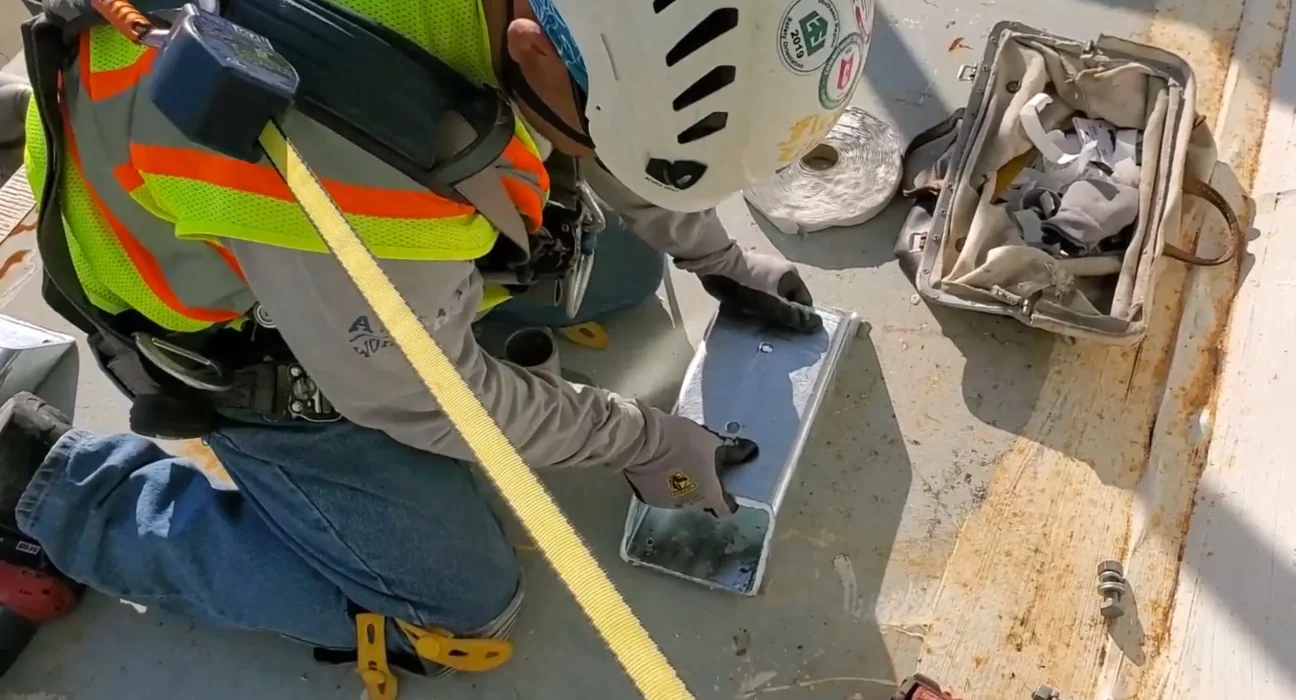Is your business involved with the use of a harness and lanyard? Does your team have a fall protection system in place during their operations? It is important to implement a proper system to ensure legal compliance, reduce risks, and enhance workplace safety.
Fall Protection Systems
Many industries require fall protection systems because they need to follow regulations. This is mostly found in construction, manufacturing, and maintenance work. This mandate is to prevent the incidents of falls, which are among the leading causes of workplace fatalities and injuries.
In Australia, the Work Health and Safety Regulations will require fall protection for workers at heights 2 metres and more. In this case, you should have implemented control measures, including the use of guardrails, anchor points, and safety harnesses.
There are different types of fall protection, namely the passive, active, restraint, and fall arrest systems. You should be legally responsible for providing and maintaining effective fall protection systems to safeguard your works against avoidable incidents.
Static Line Anchor Points
Australian industries are required to utilise fall protection systems. One of the most common is the use of anchor points. Workers use them to keep them safe while working with heights. Static line anchor points for part of the static line anchor system, consisting of a cable or rail installed horizontally along a structure.
They are commonly found in construction sites to deal with roof work and scaffolding. Building maintenance also uses static line anchor systems to make window cleaning and façade work much safer.
How Static Line Anchor Points Work
Basically, they can prevent falls because they are able to provide continuous protection to your workers as they remain tethered all the time. These also enhance the mobility of your team unlike fixed anchor points. Static line will allow the movement of your workers along a designated path. This type of system is also compliant with safety regulations as it meets the workplace safety standards for height-related tasks in your industry. However, you need to follow proper installation and regular inspection of static line anchor points to ensure they remain secure and effective.
Why Audit and Inspection Matter
These processes are required in various industries to assess compliance, efficiency, financial integrity, and overall safety. Regular audits and inspections can help maintain the efficiency in your workplace, prevent risks, and ensure the compliance of your organisation.
We can arrange an audit and inspection appointment if you need the services of national fall prevention specialists in your area. If you have any questions about workplace safety compliance, you can talk to us through chat by giving us a visit today!







